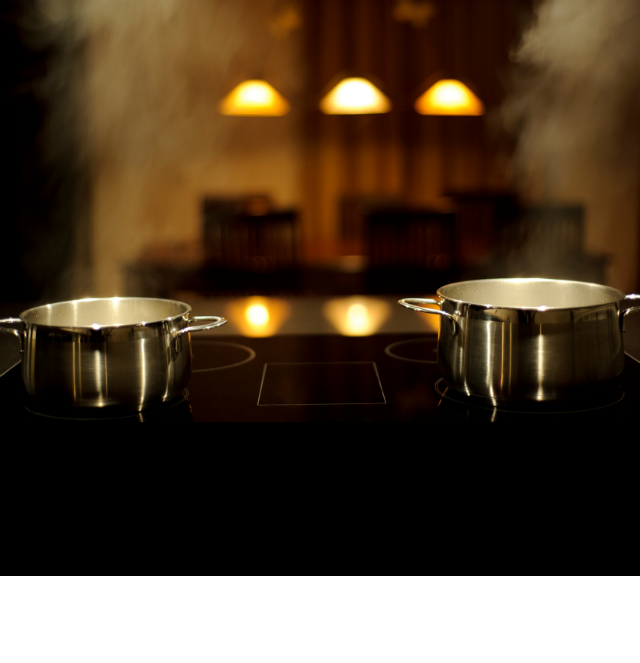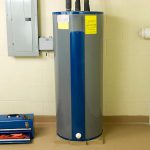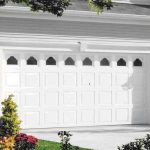It seems cooking on induction cooktops is all the rage these days. Its combination of technology, design and energy efficiency has induction cooking poised to take over from traditional gas or electric cooktops. But what exactly is induction cooking and how does it work?
What is induction cooking?
Simply put, induction cooking is any cooking process utilizing the process of induction heat.
How does induction work?
Induction is a heating process that uses electromagnetic fields to heat the cookware instead of the heating element itself.
Coils of copper wire are placed beneath a glass-ceramic surface, forming a heating zone. Zones are usually marked on the cook top as burners on a radiant cooktop would be. When electricity is sent through the coils they form high-frequency electromagnets. These will produce harmless electromagnetic fields that enable heating. When a pot or pan is placed on the heating zone, the electromagnetic field causes the molecules in the bottom of the pot or pan to vibrate and produce heat.
The strength of the electromagnetic field corresponds to the amount of heat produced in the cookware. Both are controlled just as you would control a regular cooktop.
Why a glass-ceramic surface?
The glass-ceramic compound is a poor heat conductor. Although the pot or pan used will be hot to the touch, after it is removed the cooktop is safe to touch. This property also allows for easier clean-up because nothing but the pot or pan will be heated, eliminating burned-on spills.
Do I need special cookware?
In order to properly heat up, the cookware used must have a bottom that is ferromagnetic. Essentially, the cookware needs to be made of stainless steel or iron. The molecules in aluminum and copper cookware do not react to the electromagnetic fields in the same way.
There is cookware available that is labeled induction safe either in writing or with a coil symbol on the packaging. Before you go shopping however, check the pots and pans you own for stainless steel or iron bases. If you can stick a magnet to the bottom of your cookware, it should be fine to use on an induction cooktop.
Is induction cooking faster?
Induction cooking has been touted as being much faster than traditional cooking. This is at least partially true. Induction allows for much more even heat distribution in the cookware with less energy wasted on keeping the heating element hot. Water will boil 50% faster than on a gas or electric stove. Sauces and soups will be heated more evenly.
Protect your induction stovetop like you would any other key appliance in your home. Visit American Home Shield for coverage information.
Post Author: andyc.




